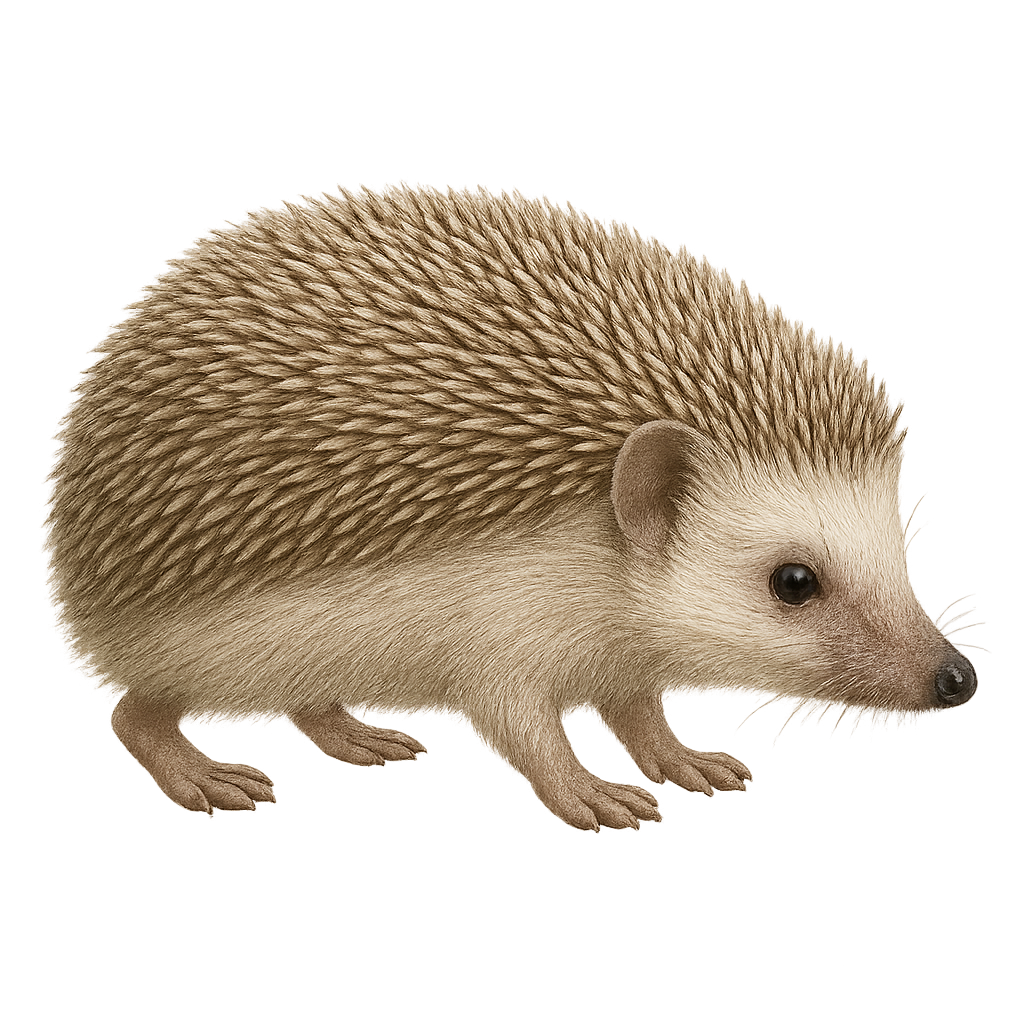Your wildlife photography guide.
Explore the north african hedgehog in detail, study its behavior, prepare your shots.
Where to observe and photograph the north african hedgehog in the wild
Learn where and when to spot the north african hedgehog in the wild, how to identify the species based on distinctive features, and what natural environments it inhabits. The WildlifePhotographer app offers tailored photography tips that reflect the north african hedgehog’s behavior, helping you capture better wildlife images. Explore the full species profile for key information including description, habitat, active periods, and approach techniques.
North African Hedgehog
Scientific name: Atelerix algirus

IUCN Status: Least Concern
Family: ERINACEIDAE
Group: Mammals
Sensitivity to human approach: Tolerant
Minimum approach distance: 3 m
Rut period: April to July
Gestation: 30-35 jours
Births: May to August
Habitat:
arid areas, semi-arid, open grasslands
Activity period :
Mainly active at night, generally discreet during the day.
Identification and description:
The North African Hedgehog, Atelerix algirus, is a small insectivorous mammal found mainly in North Africa and parts of southern Europe. It is characterized by its short spines and light-colored face. This hedgehog is well adapted to arid and semi-arid climates, preferring open areas with sparse vegetation. It is primarily nocturnal, feeding on insects, small invertebrates, and occasionally fruits. Its ability to roll into a ball to protect itself from predators is well known. Although generally solitary, it can be observed in small groups during the breeding season. Its population is stable, but it is threatened by habitat loss and road collisions.
Recommended lens:
Macro – adjust based on distance, desired framing (portrait or habitat), and approach conditions.
Photography tips:
To photograph the North African Hedgehog, it's best to go out at dusk or dawn when the animal is most active. Use a macro lens to capture the details of its spines and face. Be patient and quiet to avoid scaring it. A tripod can be useful for low-light shots. Try to capture the animal in its natural habitat to add context to your photos.
The WildlifePhotographer App is coming soon!
Be the first to explore the best nature spots, track rutting seasons, log your observations, and observe more wildlife.
Already 1 439 wildlife lovers subscribed worldwide

